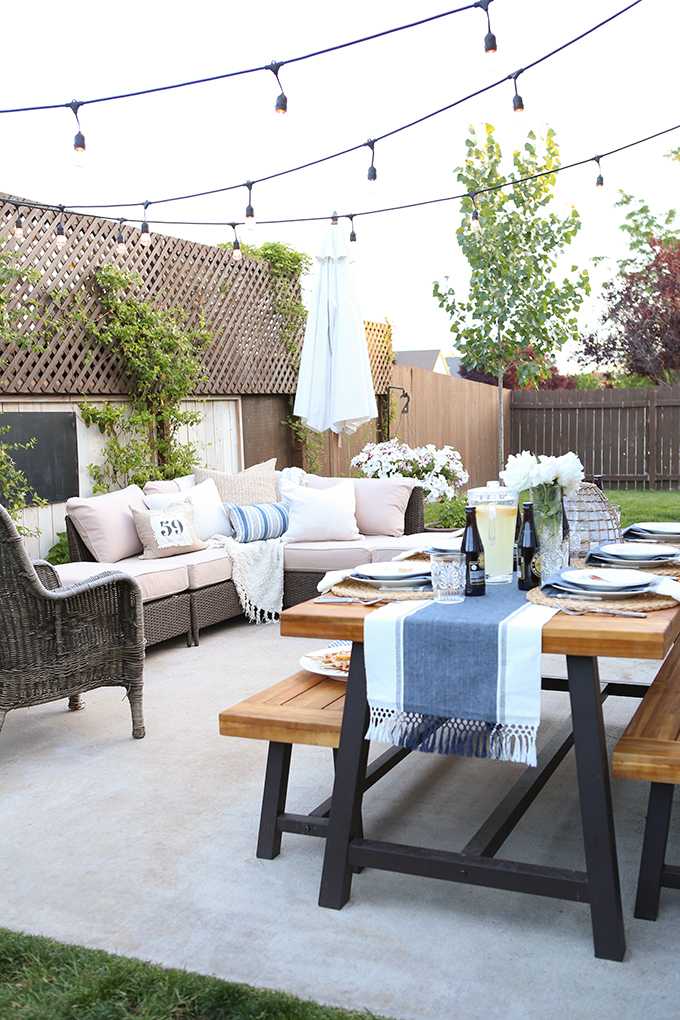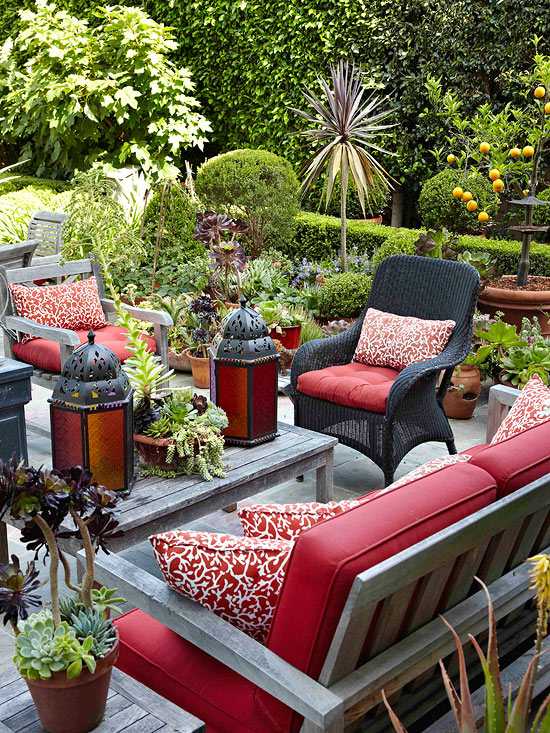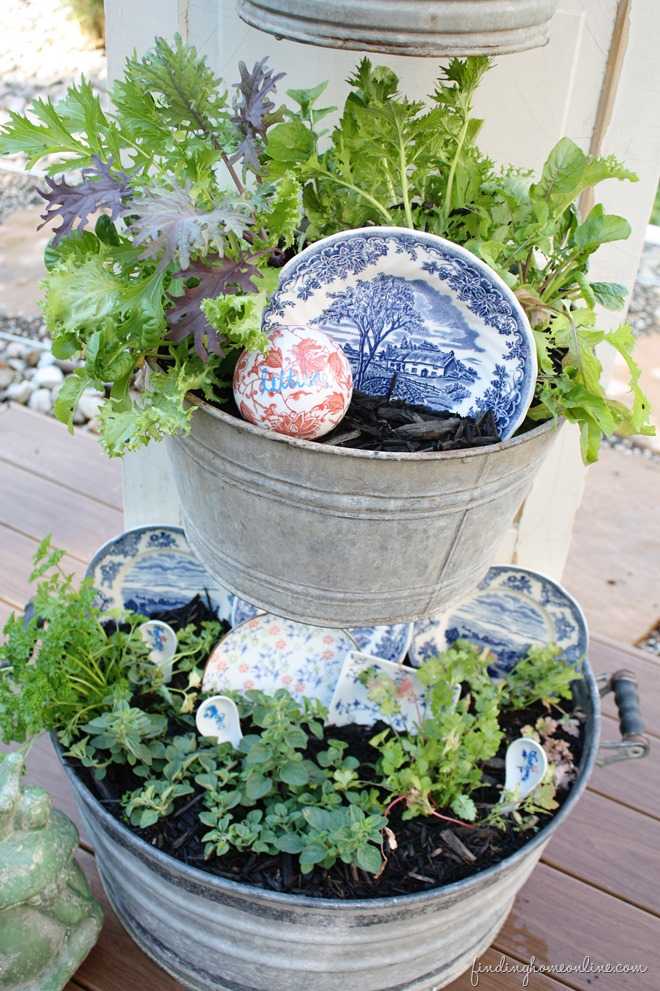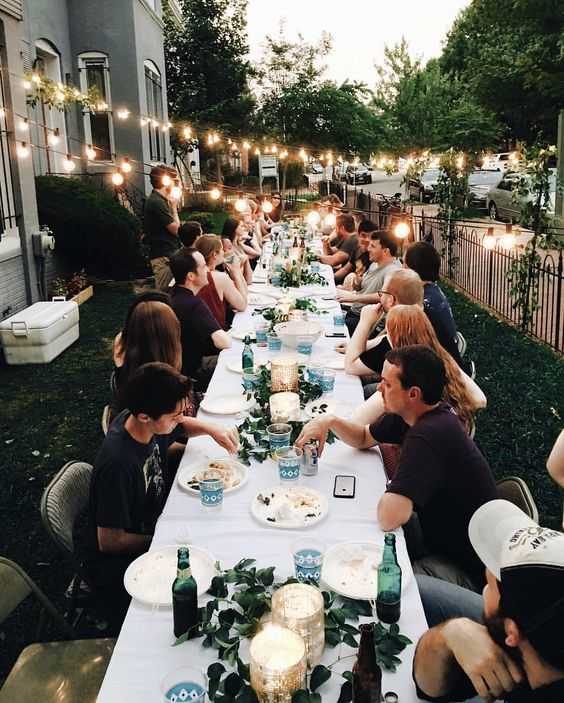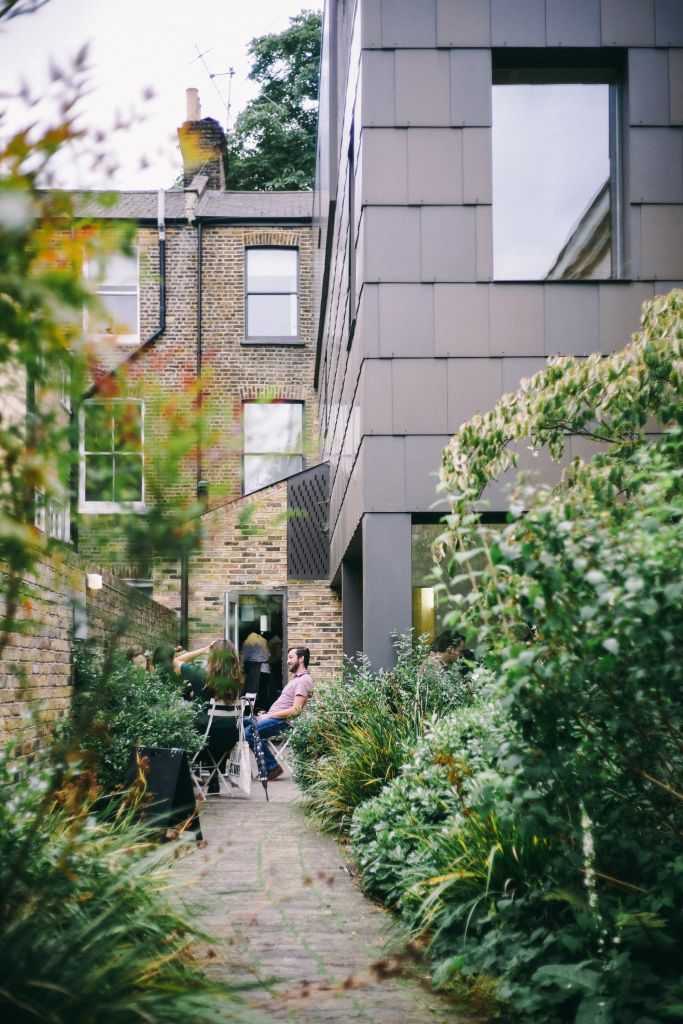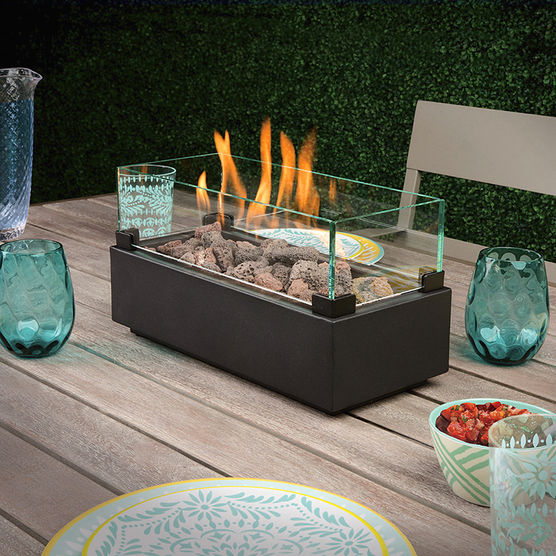There is something particularly special about the fall season in beautiful Canada. Among our alpine lakes, sky-high mountains, lush forests, and crisp true north air, you can find autumn colours in so many parts of this grand country. So whether you’re heading out on a hike before the snow settles in, or you’d like to admire the red, orange, and yellow hues on Instagram from the comfort of your home, here are ten places you’ll find fall colours in Canada.
1. Mount Assiniboine Provincial Park
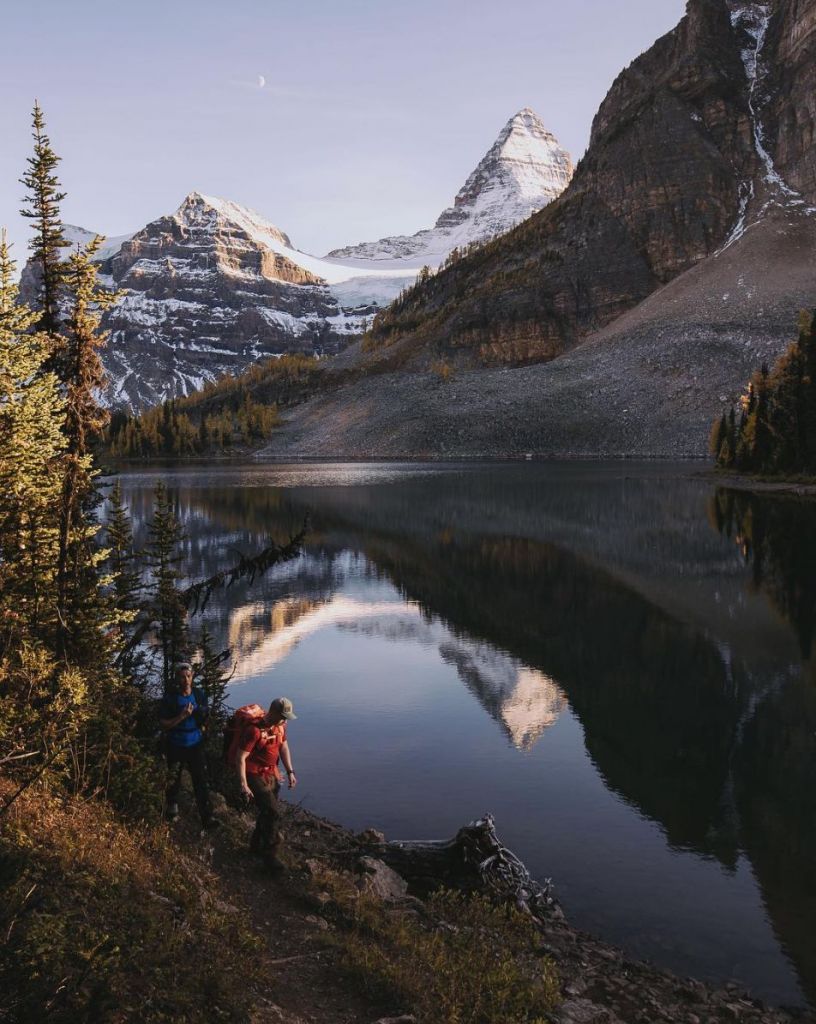
Image by @jordanherschel
Head off the grid in Mount Assiniboine Provincial Park, British Columbia, for alpine lakes that reflect the mountains and the changing colours of surrounding trees.
2. The Icefields Parkway
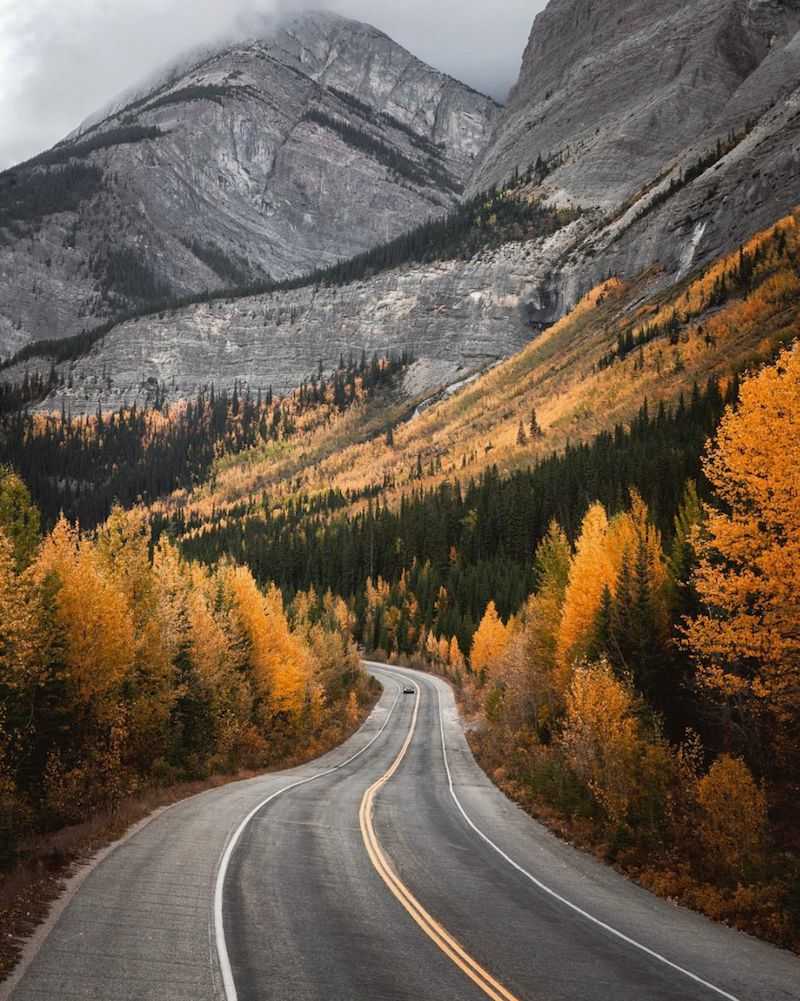
Image by @everchanginghorizon
Drive the Icefields Parkway for an endless road lined with autumnal tones of yellow, orange, and dark green.
3. Waterton Lakes National Park

Image by @stevint
Take a walk on the wild side with the scenic Waterton Lakes National Park in Alberta flanked by the Rocky Mountains.
4. Moraine Lake
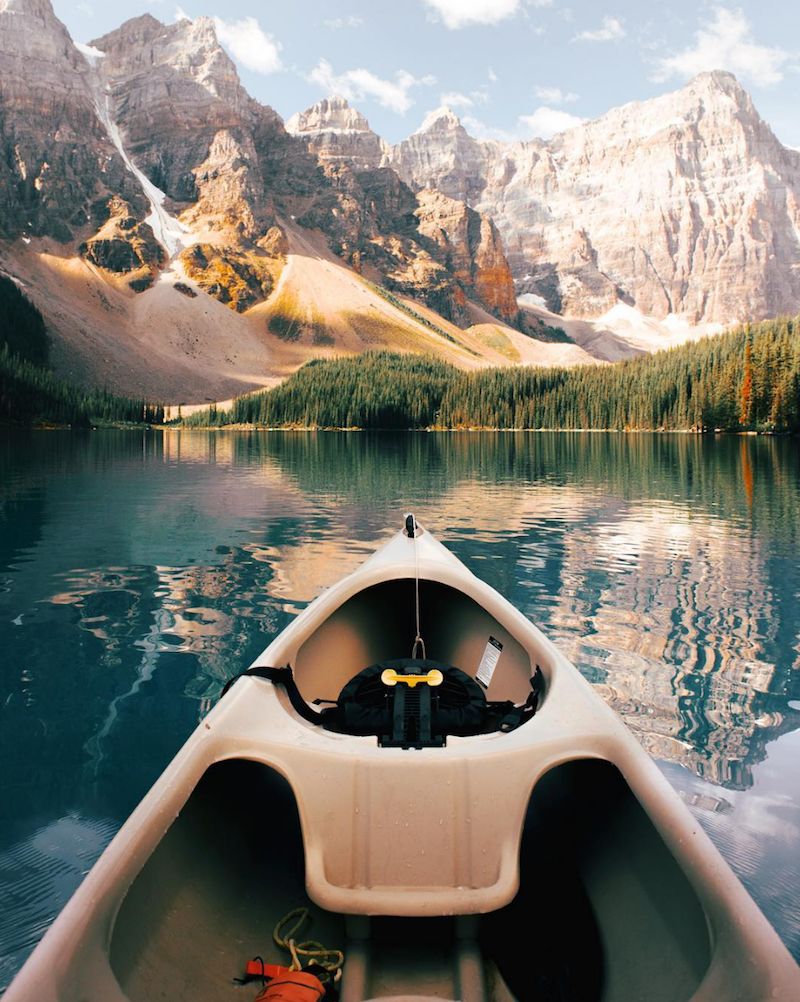
Image by @mblockk
It’s hard to ignore the stunning fall colours glistening on Moraine Lake in Banff National Park, Alberta. How many times have you visited this beautiful place?
5. Lake O’Hara
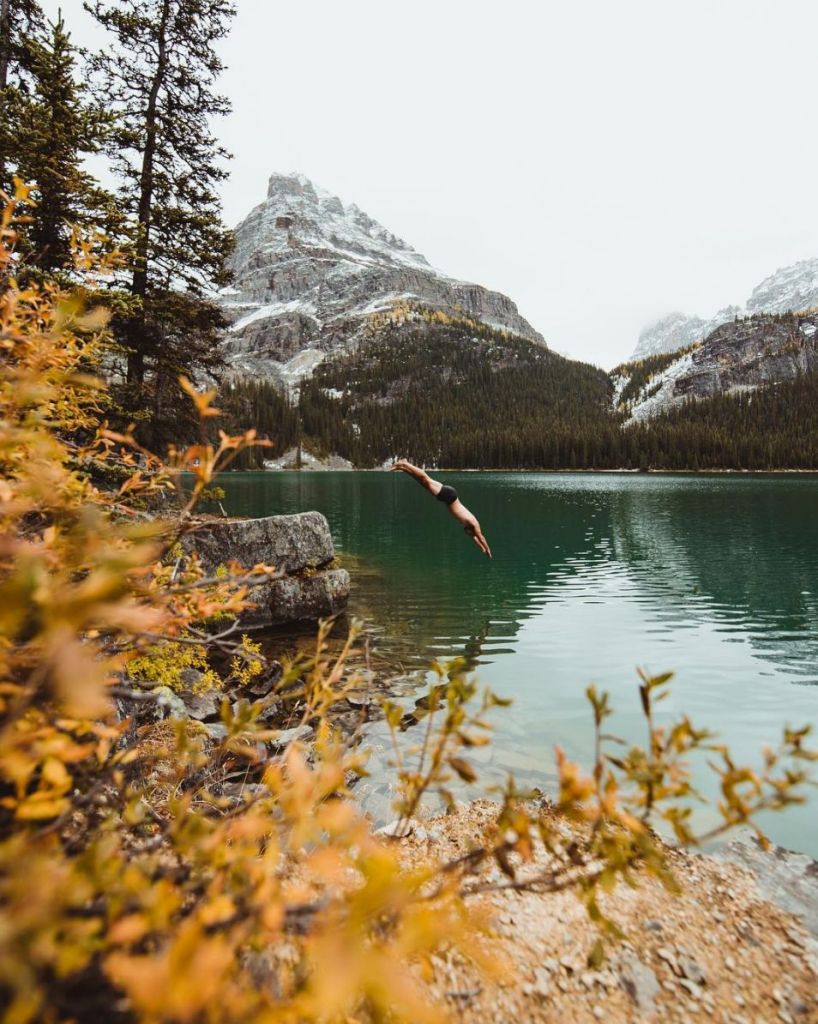
Image by @kayitscait
Dive into autumn at Lake O’Hara in Yoho National Park, British Columbia. It might be cold, but it’s almost impossible not to take a quick swim while you’re there.
6. Kootenay National Park

Image by @alexstrohl
Witness fall in the Rockies with the sun lighting up all of the autumn tones. Visit the Kootenay National Park in British Columbia to see the incredible punch of yellow for yourself.
7. Cypress Provincial Park
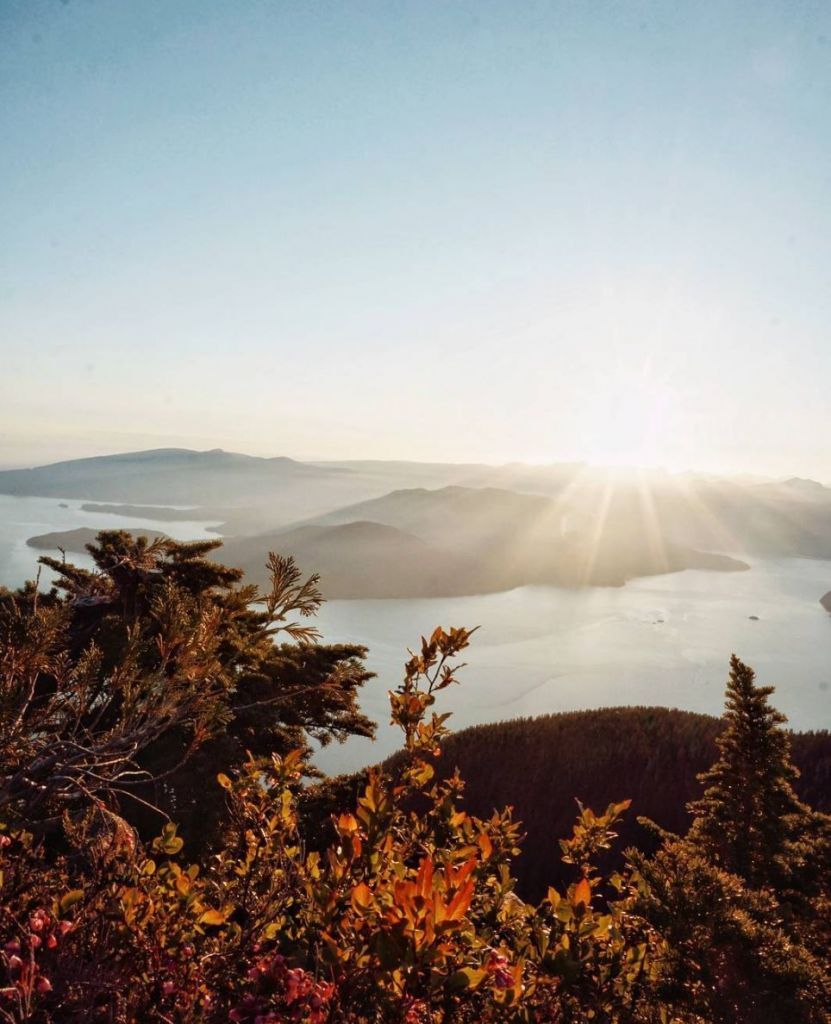
Image by @calum.mackenzie_
It’s a beautiful sight from Cypress Provincial Park in Vancouver, British Columbia. Catch the North Shore on a crisp sunny day with the leaves turning all colours of red and orange.
8. The Rockies
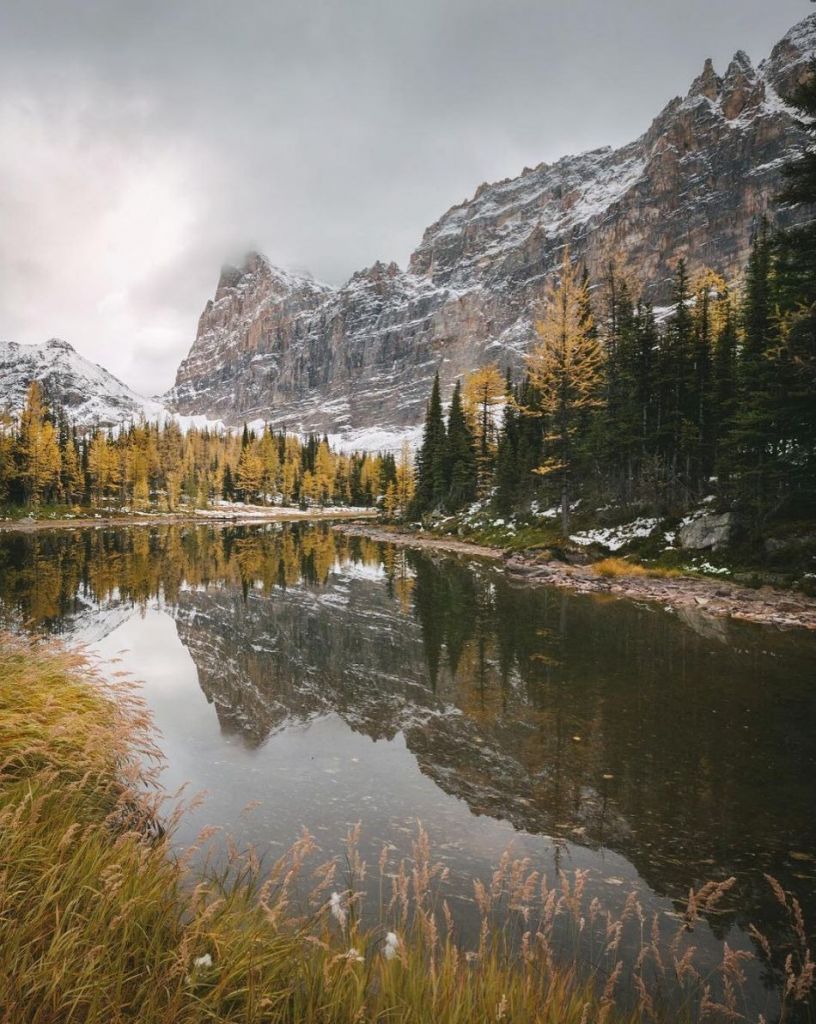
Image by @jamieout
Muted fall colours of green and yellow framed by the Rocky Mountains shows just how picturesque the change in seasons can be.
9. Larch Valley
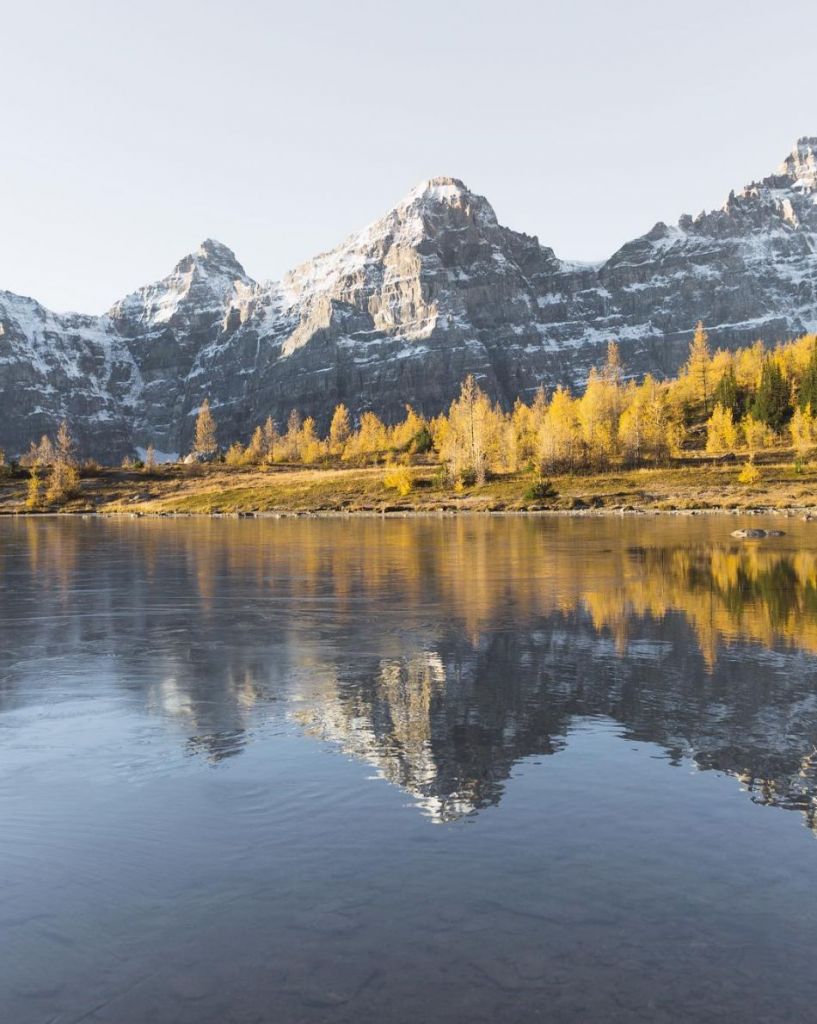
Image by @jfragasso
Have you had the chance to experience Larch Valley in autumn? Head to Banff National Park in Alberta to find the larch trees turning a brilliant yellow before they shed their needles.
10. Mount Taynton
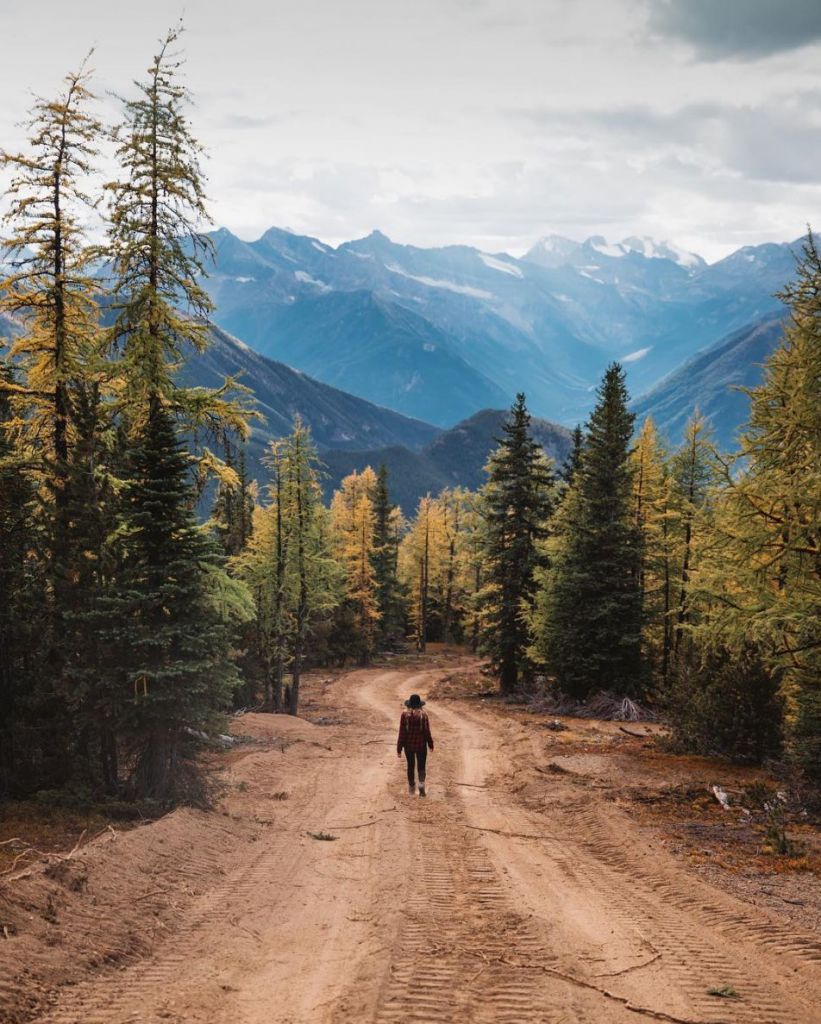
Image by @scottcbakken
The road to autumn is in Mount Taynton, British Columbia, between the trees with the mountains in the distance.

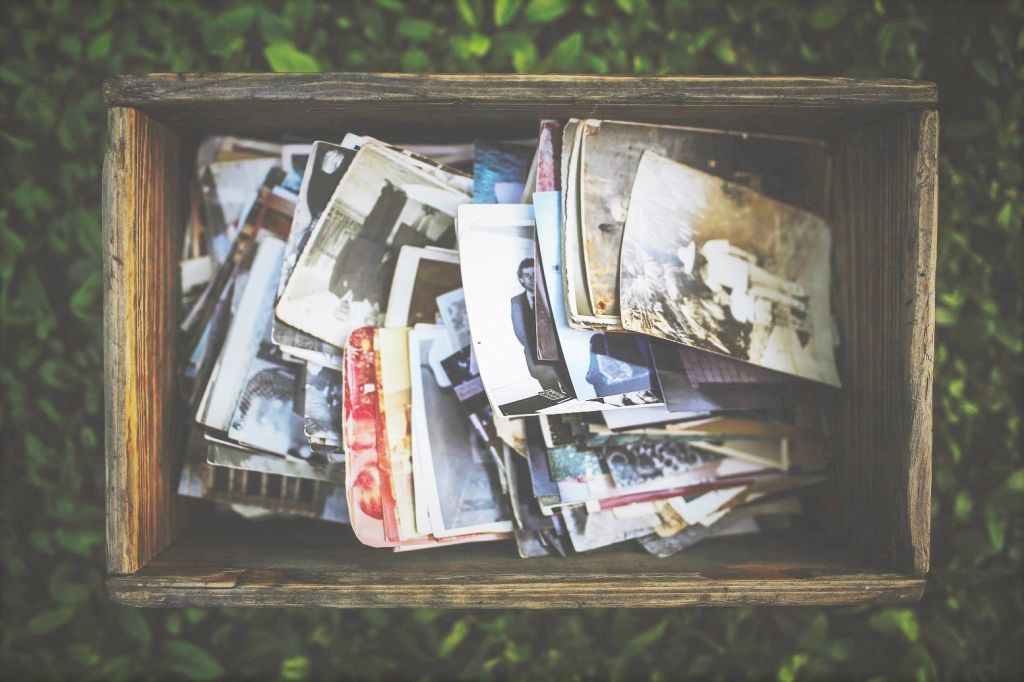
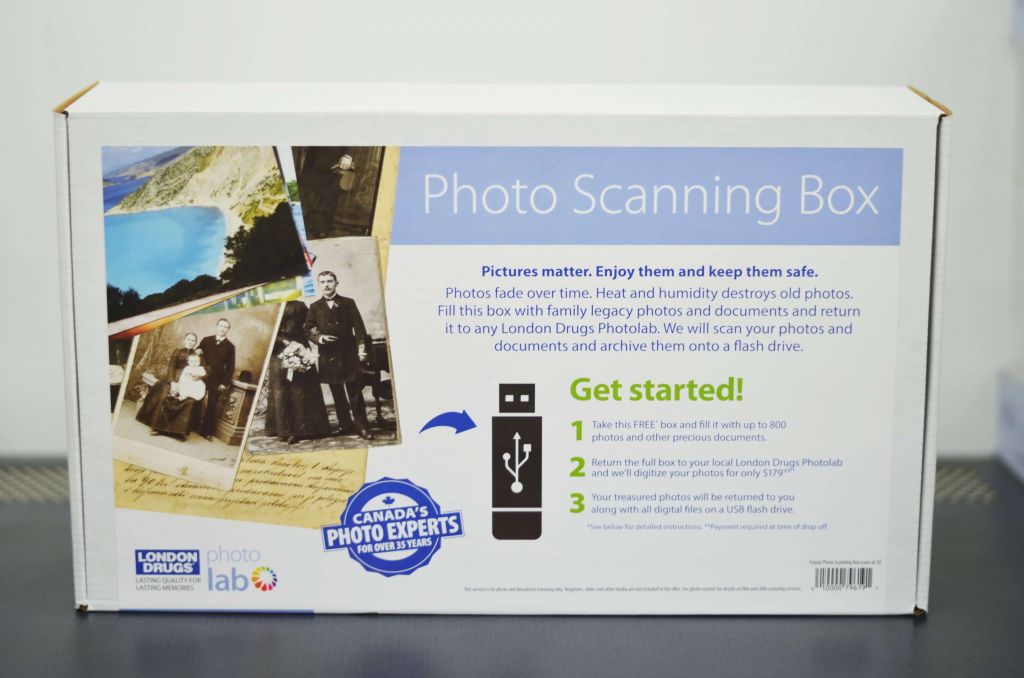

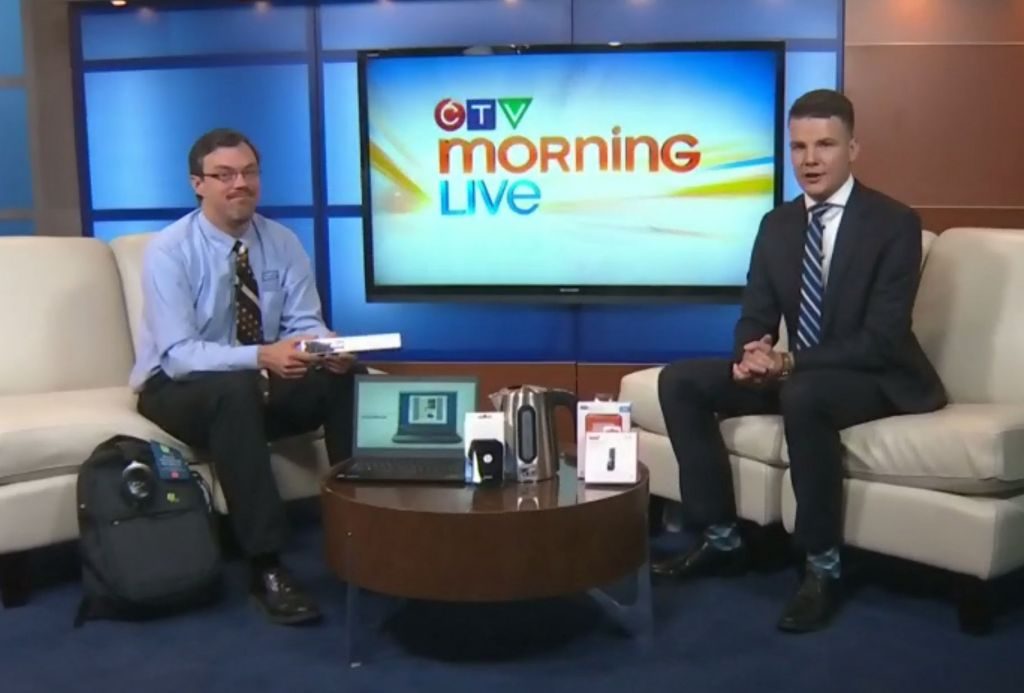
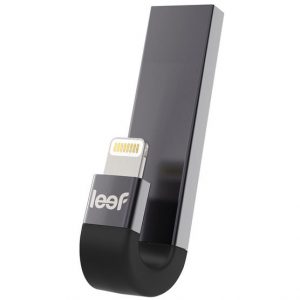 A major challenge modern students face is managing their many digital files and documents. One risk is that a precious hard drive could fall and break or become water damaged. For that, a rugged, waterproof hard drive, like this one from
A major challenge modern students face is managing their many digital files and documents. One risk is that a precious hard drive could fall and break or become water damaged. For that, a rugged, waterproof hard drive, like this one from 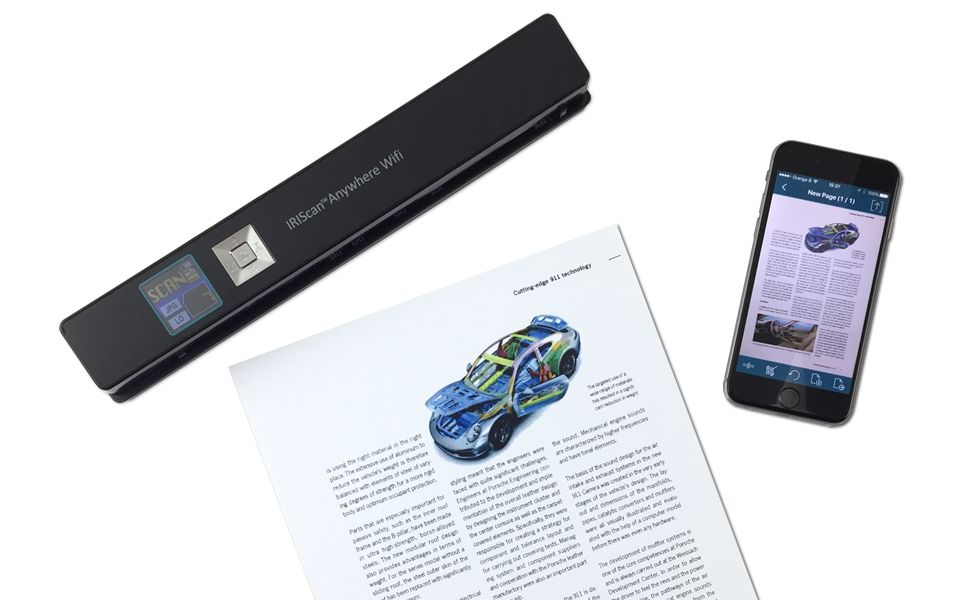
 Aside from other staples like
Aside from other staples like 
